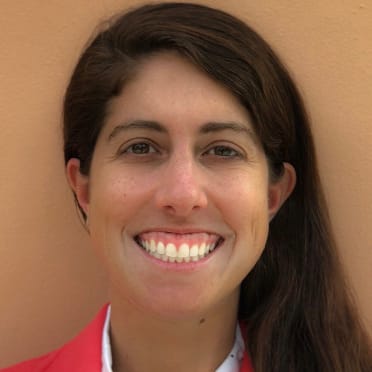Migliaccio brings new philosophy to role as hitting director
DALLAS -- If the Marlins want to achieve sustainable success, the organization must develop homegrown hitters.
In recent memory, Miami has been unable to produce a difference-making bat out of the MLB Draft and international signing period. It’s no coincidence the club has had one of the lowest-scoring lineups during this period. President of baseball operations Peter Bendix hopes that naming Joe Migliaccio as the director of hitting can reverse that trend.
“Joe is going to do exactly that: He's going to set the philosophy from the Major League team all the way down to the Dominican, that philosophy of how players are evaluated, what we think is important, how we're going to go about getting them better,” Bendix said. “And it all ties back to this concept that player development does not stop at the Major League level. Player development is the lifeblood of what we're doing as the Marlins, and we know that we need to get all of our players a lot better. We have a tremendous amount of talent. If we can get them better at a rate higher than the industry, that will put us in a great position.”
Migliaccio recently spoke with MLB.com to discuss everything from the art of hitting to developing a system.
What’s his philosophy?
Migliaccio ventured to say that everyone would build a hitter in the same way: incredible plate discipline, lots of contact and lots of power.
“Those end up being your unicorns, right?” Migliaccio said. “Those are the perennial All-Stars. They're your Hall of Famers. Obviously, there are people that don't fit that category that are still perennial All-Stars and Hall of Famers, but we value plate discipline, we value making contact and we value hitting the ball hard. And so at the end of the day, if we take all that into play, our goal is to score more runs than the other team -- plain and simple.”
But that doesn’t mean the Marlins will force hitters into a philosophy. Instead they will build out specialized objectives for each individual. Those could be as simple as swinging at more strikes and taking more balls.
“These players in general, in professional baseball, they're so talented where if you can just get them a few percentage points better across the board, it makes a world of difference,” Migliaccio said.
Which metrics hold value?
Although some organizations have their own metrics, a simple search on Baseball Savant will provide the foundation for what Migliaccio and others find vital: one’s swinging zone, chase with two strikes, hard-hit rates and launch angle distribution.
In hiring hitting coaches across all seven levels of the organization -- from the Majors to the Rookie-level Dominican Summer League -- Migliaccio seeks consistent messaging. He doesn’t want a batter from Double-A Pensacola to earn a promotion to Triple-A Jacksonville and receive instruction with different terminology. (For example: Is it a fastball with carry or with ride?)
“At the end of the day, to speed up player development, you want players to go from one level to the next, and the coaches understand the objectives that that player is working towards,” Migliaccio said. “They understand that they need to continue working on that. And we [won’t] have players going from one level to the next, and now there's a completely different philosophy, a completely different language, a completely different training environment. If we do it right, which I anticipate us doing it right, we're going to really speed up player value -- whether it's the internal value that we've brought to the big leagues, or it’s value and allows for other teams to be interested in trading for our players.”
How does improvement happen?
A game will tell everyone whether a swing or approach isn’t working. From there it’s up to the coach to problem-solve and figure out how to make a player better in certain areas.
As a director, Migliaccio’s job is to develop the coaches who can then have an impact on approximately 15 or so players on a team. Being prepared for regression is important. So is asking the right questions and always being ready when a player asks, “Why?”
“All of this comes down to being able to educate the coach on how to problem-solve, how to build action plans, how to put drill packages together and, at the same time, doing that with the player so that they feel invested in that process as well,” Migliaccio said. “At the end of the day, if the players are invested in that process, you likely start to see turnover a lot faster, rather than if they feel like they're being forced to do it.”
It also is important for the Marlins to space out the information so as not to overwhelm prospects in the lower levels. Migliaccio sees growth and process as a pyramid.
“Those are foundational components for us,” Migliaccio said. “We're not trying to put the icing or the cherry on top when they're that young. We're trying to get them to understand foundational components of strike-zone discipline, contact abilities, understanding how pitches move, starting to put approaches together based on that movement.”
